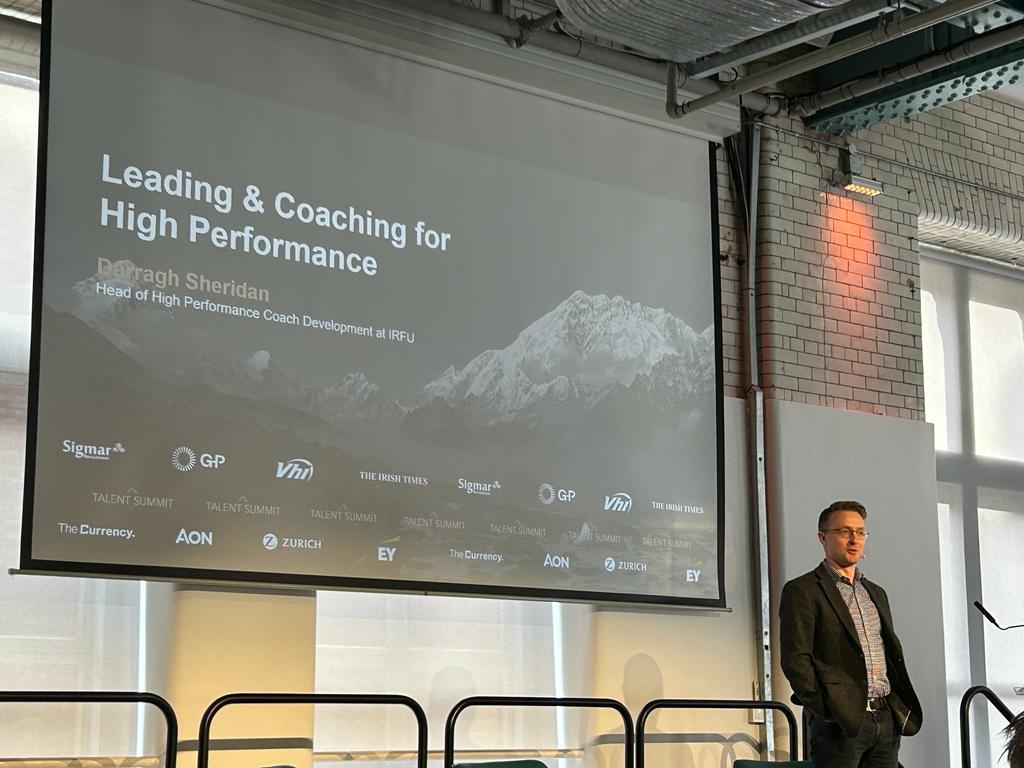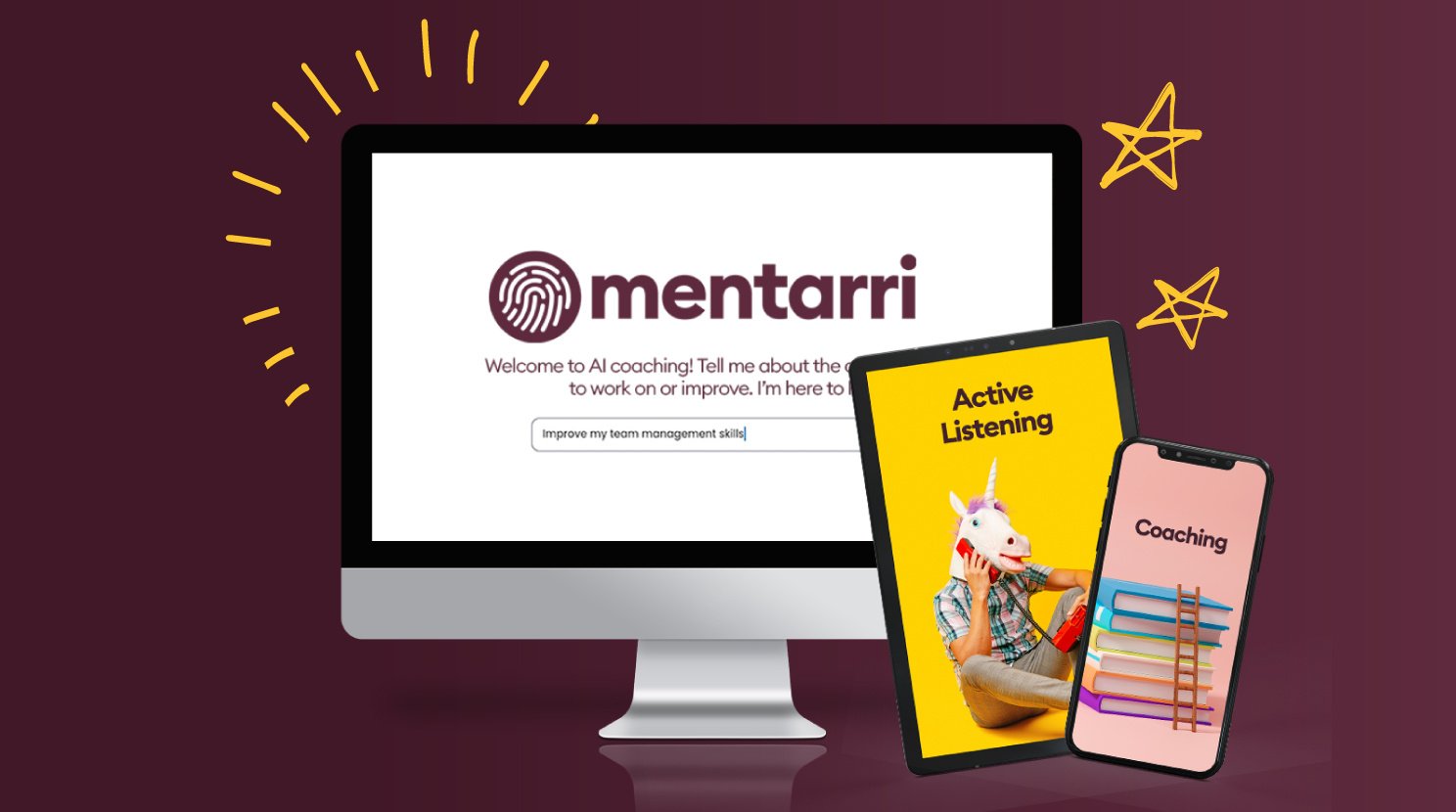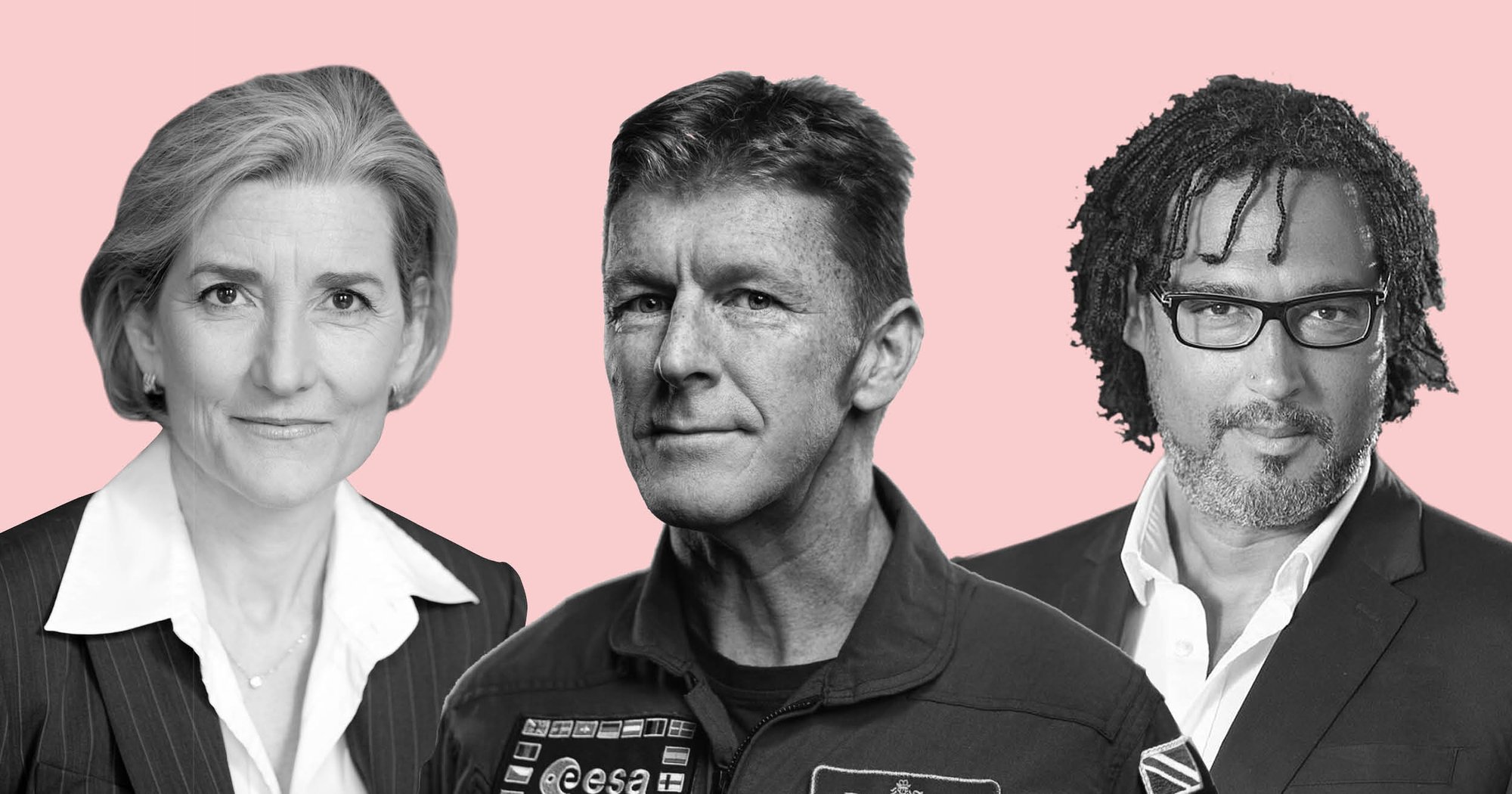Over the last 3 years, employees have been pitted against employers as companies explored new ways of working and workplaces have faced geopolitical and economic uncertainty.
Employers are under increasing pressure to realign, reunite and re-imagine work to attract, engage and retain talent.
Jim Carrick-Birtwell, Founder and CEO of Future Talent Learning, joined 20 national and international expert speakers from organisations such as Airbnb, Uber, Bank of America, Patagonia, Lego, Aon and NASA at the Talent Summit to discuss these challenges.
He shares highlights and insights from ‘Base Camp’, a global gathering of c.100 CPOs and global HR leaders (on the eve of the conference of 1500 HR professionals).
Leaders create belonging
Darragh Sheridan, Head of High-Performance Coach Development at the Irish Rugby Football Union, shared how Irish rugby is innovating and scaling high performance to be the number 1 ranked rugby team in the world. An insight from his former role as head of performance sport in New Zealand is that the country was incredible at connecting and integrating with difference.
He suggests we think about sport as an art rather than a skill. Activate ‘presence’ to create sustainable high performance; vibe, sync, and flow creates a virtuous circle. Leaders must aim to foster this kind of environment. Doing so relies on energy, presence, care and love. Leaders must ensure that everyone knows where they fit into this virtuous circle.
Darragh posits a new field of engagement: ‘collective interbeing’ – an invisible realm where [sports] teams can form and function so that they can instantly react, respond and lead on the field in flow. As a result, they can do what’s required on demand in an agile, autonomous manner.
How can you scale high performance:
- A shared map
- Joint leadership
- Synchronised execution
- High-speed learning
How can we find collective meaning at work? Explore it in depth together. We all bring a part of who we are into our work, but who are we collectively?
Leaders need to have the courage to go beyond the rational and transactional realm and explore the transformational realm, spirituality, and impact – what is the purpose that we serve? For example, for the Irish rugby team, it is to inspire the crowd, and the whole of Ireland, by giving a small country a shared identity to be proud of on the global stage.
Learn about teamwork from NASA
NASA’s Chief Talent Management Officer, Dr Nadeeka Jayatilake and Deputy HRD and Head of Astronaut Selection, credits teamwork as a vital ingredient for their success.
“All missions that are delivered are founded on the work of teams, and teams that are diverse.”
Dr Nadeeka Jayatilake, NASA’s Chief Talent Management Officer, Deputy HRD and Head of Astronaut Selection
Key workforce principles at NASA:
- Demand-driven and strategically shaped
- Externally connected (ie share the knowledge and resources of NASA, which is US Government funded, with an ecosystem of partnerships outside the agency)
- Agile – look at multiple approaches to work and challenges
- Supported and equipped
“Aim for teamwork: empower everyone to come forward with opinions and dissenting opinions.”
Dr Nadeeka Jayatilake, NASA’s Chief Talent Management Officer, Deputy HRD and Head of Astronaut Selection
Bring intention to hybrid working
L David Kingsley, Chief People Officer at Intercom, a global software company, shares how they manage hybrid working. Intercom gathers people together intentionally and for a purpose, to have planned and purposeful experiences together. Adults don’t want to be told when to come into the office; instead, they want to be drawn towards meeting in person.
Try modelling being in the office on certain days as leaders and managers. Flag these office days to colleagues/teams, and see if they follow. If patterns develop, then there’s a basis to propose that these co-located days become a new accepted model.
Put feeling at the heart of employee experience
Claude Silver is in charge of people, culture and experiences at Vayner Media, with her role positioned as the effective number 2 to the CEO, within this 2,000-strong company. Her title is ‘Chief Heart Officer’ (rather than HRD/CPO) to reflect that her role is about how you make people feel; kindness and compassion are huge parts of their desired people and employee experiences.
Examine your employee value proposition
Ensuring your talent strategies continue to attract, engage and retain a diverse workforce involves scrutinising your purpose and culture, as well as financial and other benefits.
To help with workforce planning, Ian C Woodward, a professor of management practice at France’s INSEAD business school, encourages leaders to ask themselves the question: “How should we work in the future, what talent will we need, and what will this talent want?”.
Looking at your organisational goals in relation to your overall employee value proposition – including opportunities for learning and development, employee wellbeing and flexible working – all help answer these questions. Find out how employers can harness these elements to attract and retain talent.
Invest in learning to help you win the talent war
Prioritising learning will support the majority of innovative employee attraction, engagement and retention strategies used by HR leaders.
- Learning positively impacts wellbeing.
- A robust learning and development proposition improves employer brand. LinkedIn found learning to be the top area companies should invest in to improve culture.
- Learning positively influences ED&I. Upskilling existing employees opens up access to departments and positions that have historically been less diverse.
Our levy-funded online management courses are perfect for your L&D training budget. They develop your current and future managers in a way that tangibly benefits your organisation from day one.
















